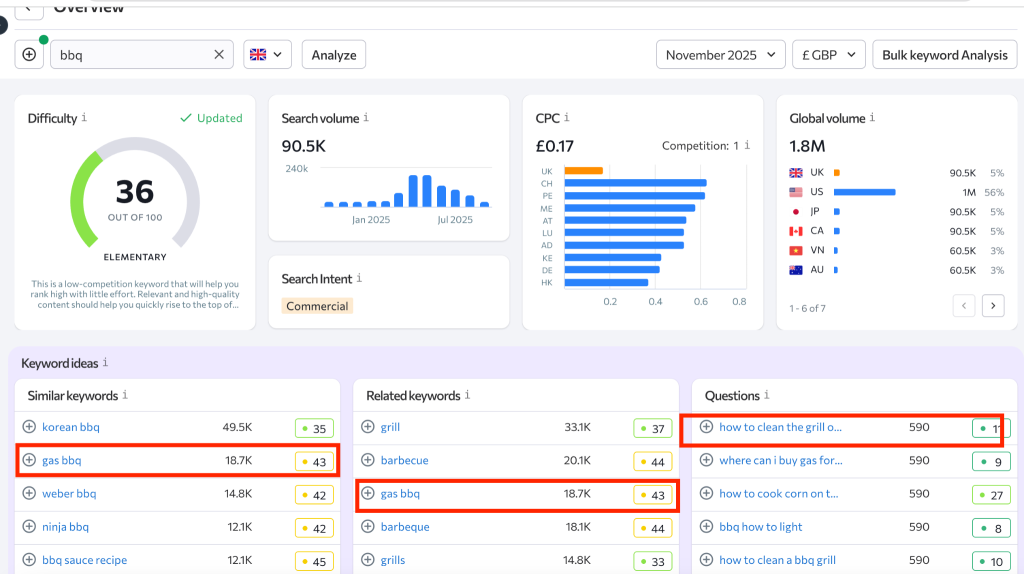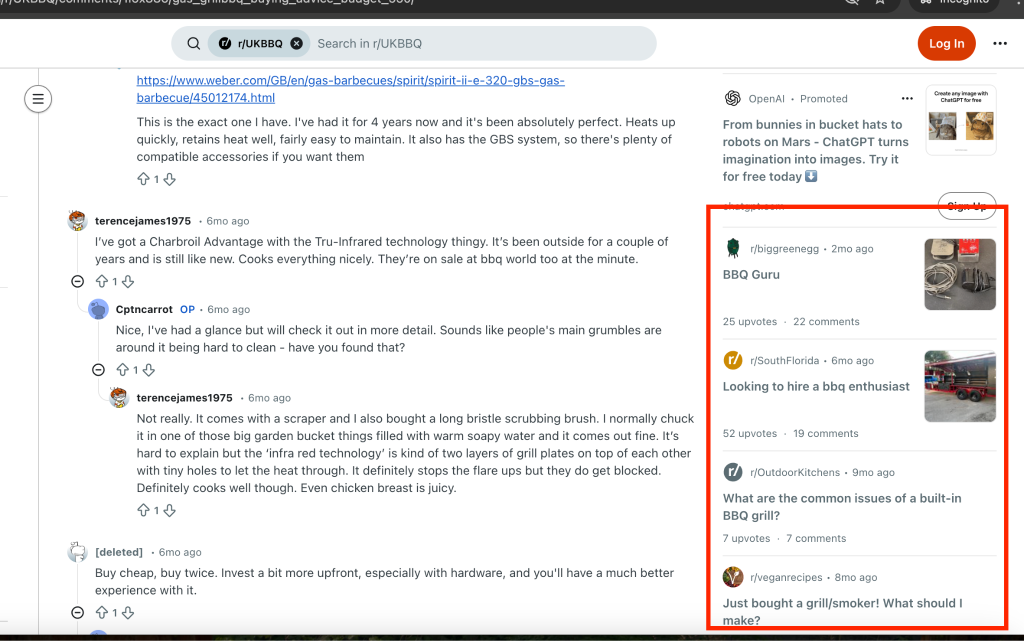User intent is highly complex and cannot be neatly categorised using simplified labels like transactional, navigational, commercial, or informational. This may sound like a broken record, as I have often reiterated that user intent is nuanced, dynamic, and contextual.
While reviewing papers that cited Amazon’s Folkscope Intention Knowledge Graph work on Semantic Scholar, I came across an interesting study from scholars at the University of Edinburgh titled “A Usage-Centric Take on Intent Understanding in E-Commerce.” Digging into this paper, I found that it introduces a different, deeper paradigm for understanding intent.
The authors challenge current approaches to user intent modelling, noting that most are primarily focused on intent–product associations. User intent is often reduced to “product properties” or “similar products,” with too much emphasis placed on clustering and recommending items based on product similarity. This approach fails to meaningfully account for the user and their motivation, making these systems more product-centric than user-centric.
What Is User Intent From a User-Centric Perspective?
The authors define user intent as the activities a user wants to accomplish (e.g., outdoor barbecue) or situations they want to resolve (e.g., lower-back pain). From this perspective, user intent goes beyond the business’s expectation of a product or keyword. Instead, it aligns with the customer’s activity-based goal or end-use.
Using this approach, the researchers created clusters called “kinds of product listings”, made up of items belonging to the same category. They developed intent profiles using co-buy data and product reviews to identify the overarching intent and the kinds of products associated with it.
A notable example is the intent “Outdoor barbecue.”
The associated “kind of product” is a stiff-bristle brush needed to clean a grill, and relevant related products such as scrub brushes can then be recommended.
I think this model could be even richer if sub-intents were introduced—for instance, under “Outdoor barbecue,” a sub-intent like “cleaning the barbecue” could be added, with the relevant product clusters mapped to that specific sub-intent.

Commonsense Relations in a User-Centric Intent Understanding Approach
This project used ConceptNet commonsense relations relevant to the actual use of a product, such as:
- UsedFor
- CapableOf
- Result
- Cause
- CauseDesire
The authors argue that intent understanding should focus on activities to accomplish (e.g., outdoor barbecue) or situations to resolve (e.g., lower-back pain), as noted earlier. This provides a deeper and more accurate representation of user intent, aligning more closely with the user’s motivations rather than oversimplified intent categories.
I also believe these elements are not exhaustive. Additional intent dimensions might include:
- states to attain,
- capabilities to enable,
- experiences to have,
- problems to prevent,
and more.
By conceptualising intents in this way—and supporting them with commonsense relations, public data, or proprietary data—businesses can achieve a richer, more actionable understanding of user intent than current approaches typically allow.
Exploring the “Outdoor Barbecue” Example
I used the SE Ranking tool to analyse the seed keyword “bbq”, examining search volume as well as related and similar keyword suggestions. As expected, these suggestions were based on semantically similar keywords and terms frequently appearing on pages ranking for the seed keyword.
One related keyword that stood out was “gas barbecue.”
I also explored Reddit to understand the most common responses and the recurring questions in relevant subreddits. This provided further insight into how user conversations and problem-solving behaviours can help identify related queries and product clusters that fit within a particular intent and sub-intent profile.

I also checked it out on Reddit to understand the predominant answers and also other questions posed in similar sub subreddits to gain a good understanding of how this could help to identify related queries and possibly products that can form a cluster in a particular intent and sub-intent profile.

This paper, alongside the Folkscope Amazon project, has inspired me to create something similar using publicly available data. My aim is to support intent understanding by developing sub-intents and query/product clusters that move beyond lexical similarity and simple product-property matching.
Intent modelling is undeniably complex, but when constructed effectively, it can deliver significant strategic value to businesses.